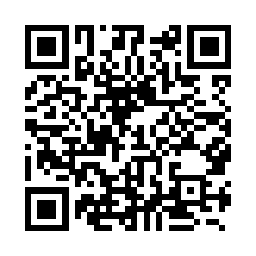
Exposure hierarchy

In exposure therapy, an exposure hierarchy is developed to help clients confront their feared objects and situations in a manner that is systematic and controlled for the purpose of systematic desensitization. Exposure hierarchies are included in the treatment of a wide range of anxiety disorders. In exposure therapy, an exposure hierarchy is developed to help clients confront their feared objects and situations in a manner that is systematic and controlled for the purpose of systematic desensitization. Exposure hierarchies are included in the treatment of a wide range of anxiety disorders. An exposure hierarchy itself is a list of objects and situations that an individual fears or avoids that are graded or rank-ordered in their ability to elicit anxiety. The least anxiety-provoking situations are ordered at the bottom of the hierarchy while the most anxiety-provoking situations are at the top. Exposure hierarchies typically consist of 10-15 items and will guide the client’s exposure practices. And abbreviated example of an exposure hierarchy is pictured in Image 1. When exposure to an item at the bottom of the hierarchy leads to moderately reduced distress or increased tolerance, a client progresses up the hierarchy to more and more difficult exposures. An exposure hierarchy can also be used as an assessment tool of the client's progress and their increasing ability to habituate to fearful situations further up in their hierarchy. When designing an exposure hierarchy, therapists first conduct a thorough assessment of their client's fear with particular attention to the (a) feared object or situation, (b) feared consequences of confronting the object, (c) fear-related avoidance or safety behaviors, and (d) triggers and contexts of the fear. The assessment often focuses on one source of anxiety (e.g. social anxiety) that the client and therapist prioritize as the main target of intervention, often because it is the most distressing or causes the most impairment. Table 1, adapted from Dobson & Dobson (2009), displays a wide range possible items to include in an exposure hierarchy based on the client's diagnosis.


